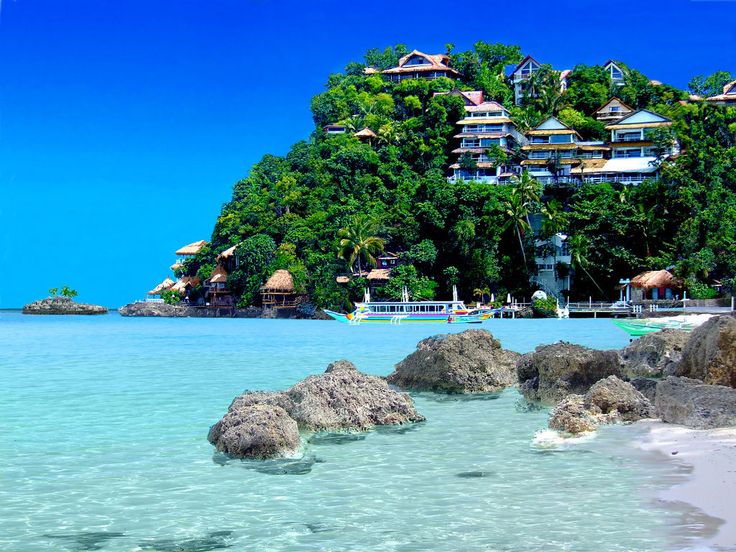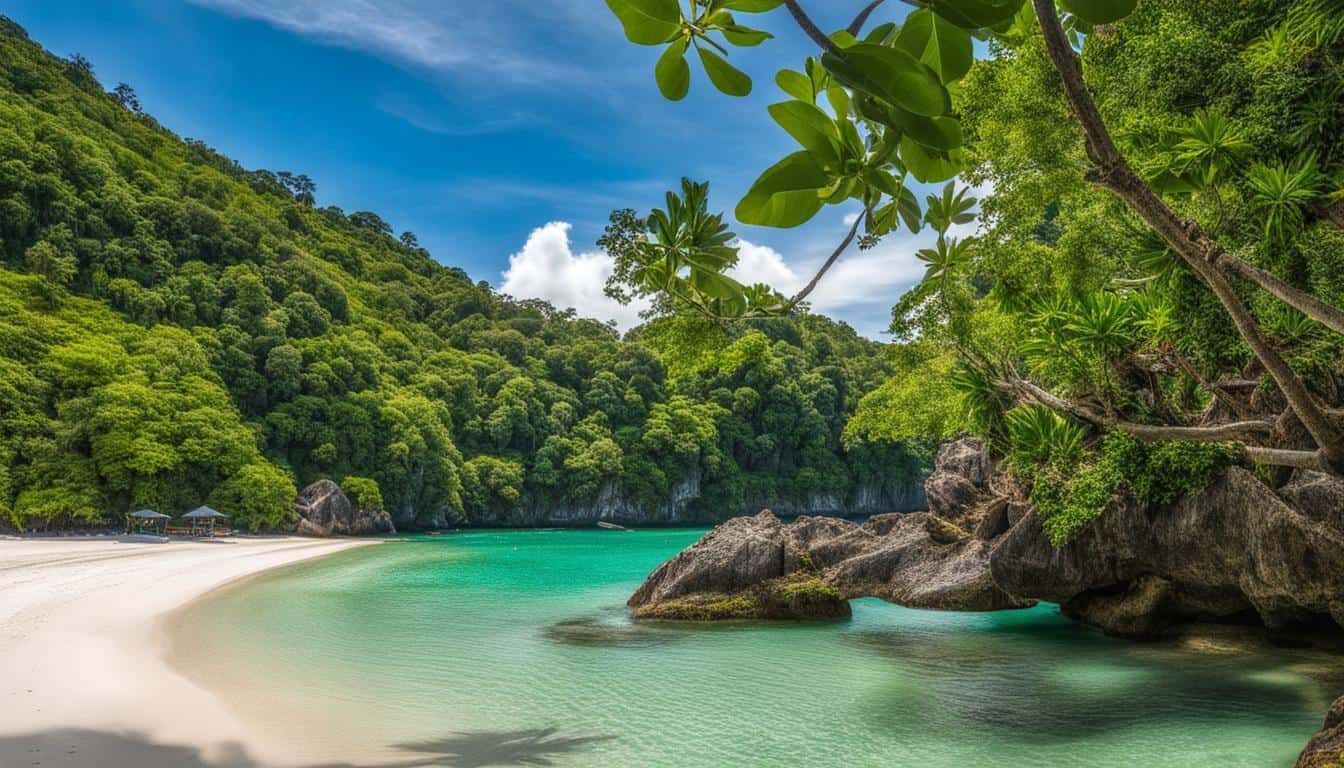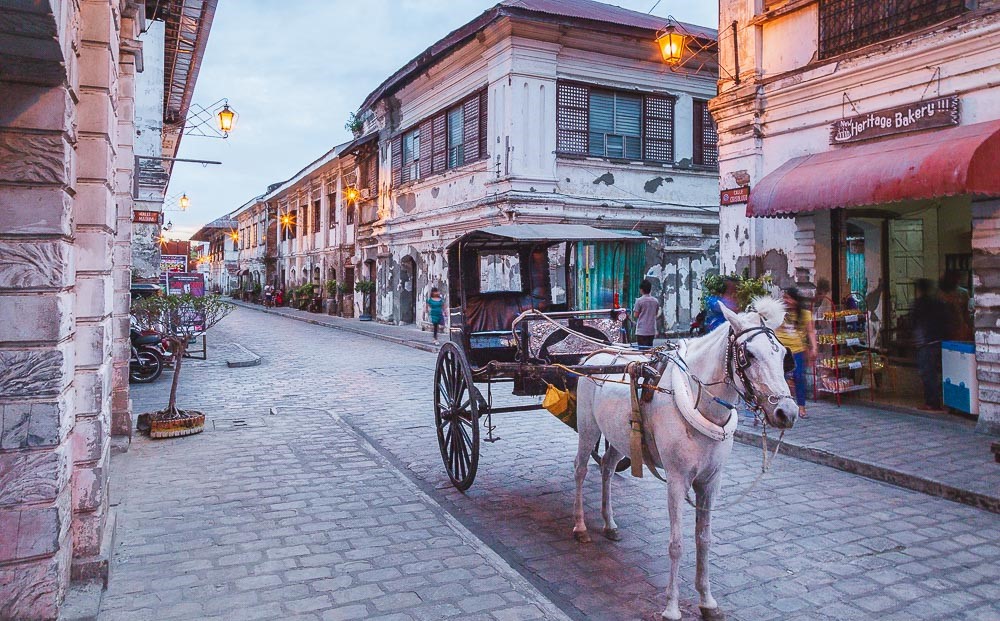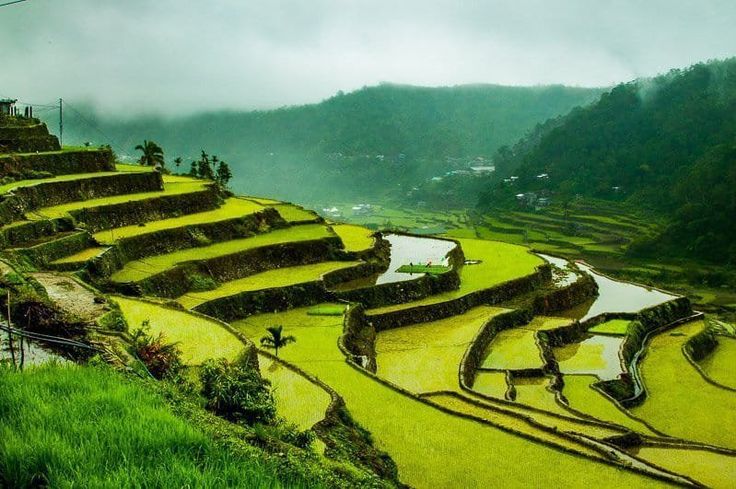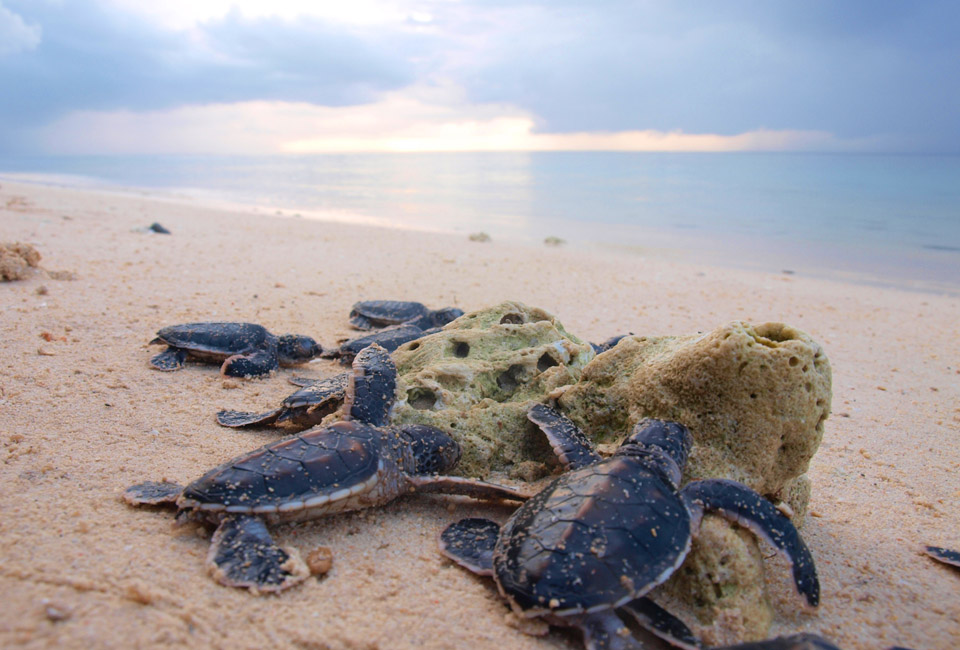Introduction
Nestled within the rugged landscapes of Mindanao, the Mt. Apo Natural Park stands as a testament to nature’s grandeur. With its towering peaks, lush forests, and unique biodiversity, this federally protected area invites adventurers and nature enthusiasts alike. Rising to an impressive 2,954 meters above sea level, it proudly stands as the highest mountain in the Philippine Archipelago and Mindanao and ranks as the 24th highest island peak in the world.
Mount Apo, affectionately known as Apo Sandawa by the locals, is a majestic, dormant stratovolcano with solfataric activity, located on the island of Mindanao in the Philippines. Its peak offers breathtaking views, visible from Davao City, 45 kilometers to the northeast, Digos, 25 kilometers to the southeast, and Kidapawan, 20 kilometers to the west.
Mount Apo is not just a geographical marvel but also a significant ecological and cultural treasure. It is home to a diverse range of flora and fauna, including the critically endangered Philippine eagle. The mountain is a protected area and designated as a Natural Park of the Philippines, ensuring its preservation for future generations. Additionally, it holds cultural importance for the indigenous peoples of Mindanao, who consider it a sacred site.
Whether you’re an avid hiker, a nature enthusiast, or someone seeking a spiritual journey, Mount Apo offers an unparalleled experience, blending natural beauty with cultural richness.
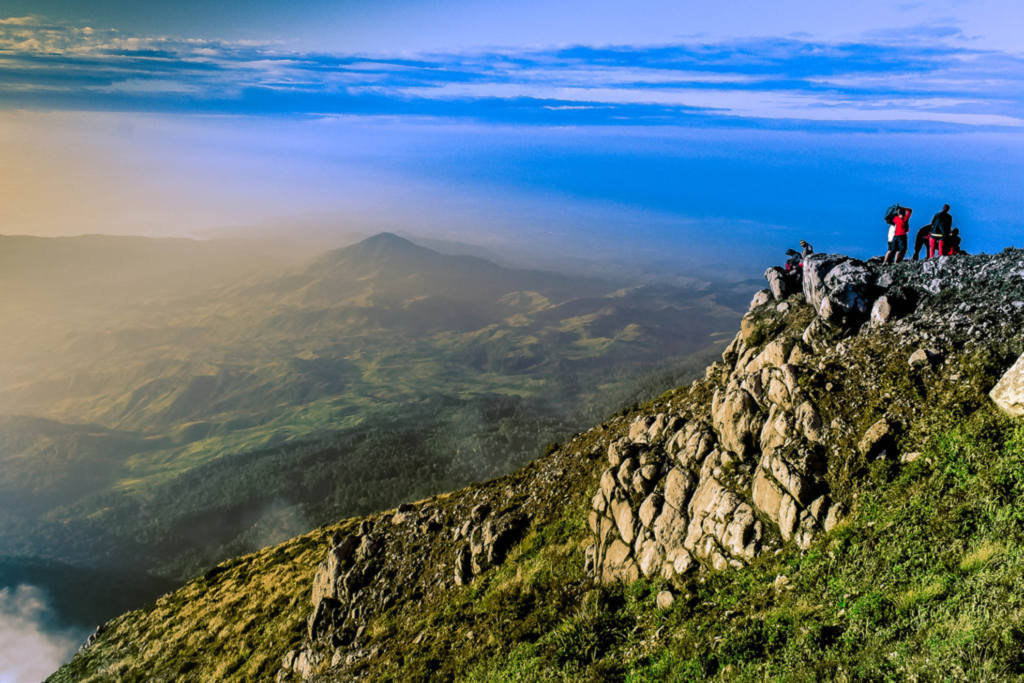
Geography and Location
- Island: Mindanao, the second-largest island in the Philippines.
- Region: Located in the Davao Region (Region XI).
- Provinces: Spans Davao del Sur and Cotabato provinces.
- Land Area:
- Mt. Apo Natural Park: 54,974.87 hectares (135,845.9 acres).
- Buffer Zone: 9,078.13 hectares (22,432.55 acres).
Mount Apo: The Highest Peak
- Elevation: 2,954 meters (9,692 feet).
- Prominence: The most prominent peak in the Philippines.
- Geology: Massive and active andesitic-to-dacitic volcano.
- Last Eruption: Uncertain, but the region remains geothermally active.
Biodiversity and Ecology
- Rare Species:
- Philippine Eagle: The park is home to this majestic and endangered bird.
- Other Wildlife: Explore the forests for tarsiers, monkeys, and diverse bird species.
- Flora:
- Dense forests of dipterocarp trees, mossy forests, and montane grasslands.
- Orchids, pitcher plants, and endemic flora thrive here.
Hiking and Adventure
- Trails:
- Kapatagan Trail: Offers stunning views and leads to Lake Venado.
- Kidapawan Trail: Passes through lush forests and diverse ecosystems.
- Climbing Mt. Apo:
- Requires a guide and a sense of adventure.
- Summit sunrise rewards climbers with breathtaking vistas.
Beyond the Peaks
- Malasita Falls: A hidden gem for waterfall enthusiasts.
- Sibulao Lake: Tranquil waters surrounded by greenery.
- Kisinte Hot Springs: Soak in natural warmth after a day of exploration.
Local Culture and Communities
- Davao City: Gateway to the park, known for its vibrant culture.
- Kidapawan: Base for treks and a glimpse into local life.
- Respect and Conservation:
- Follow Leave No Trace principles.
- Support local communities and eco-friendly initiatives.
Conclusion
Mt. Apo Natural Park is more than a destination—it’s an invitation to connect with nature’s wonders. As you explore its trails, encounter rare wildlife, and stand atop its peaks, remember that this pristine wilderness deserves our care and protection. 🌿🏞️🇵🇭

